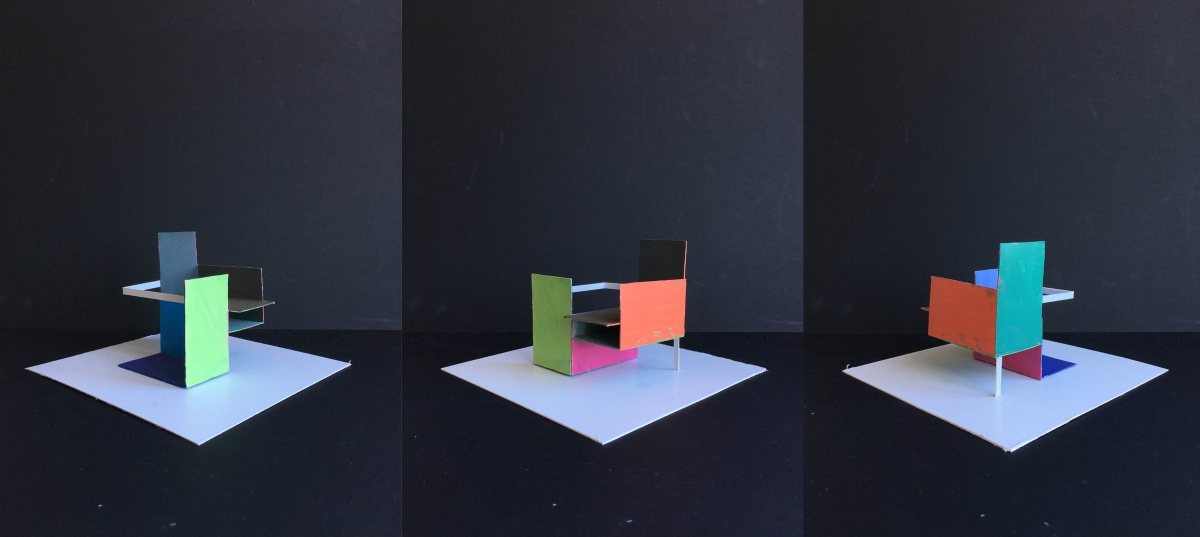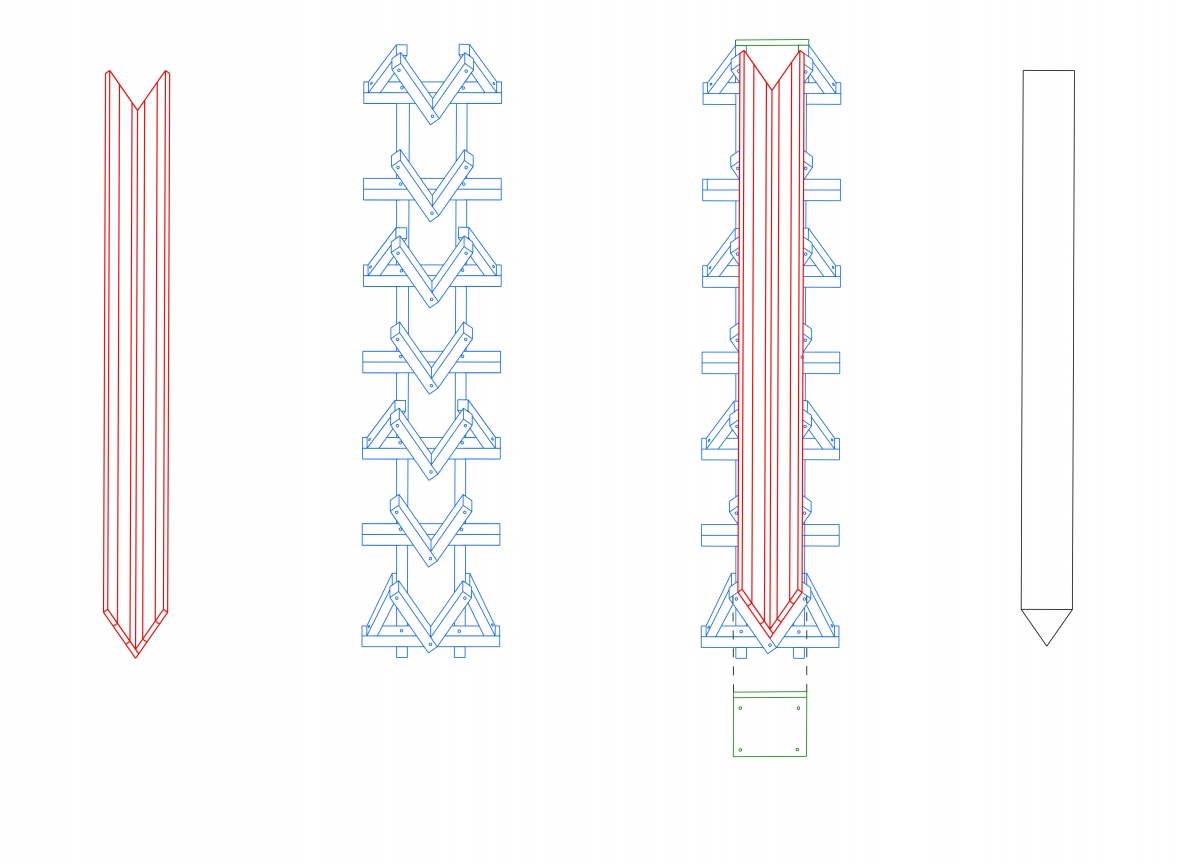Analog og digital tegning

Analogue drawing
Teachers: Carsten Loly and Ingrid Lønningdal.
Analogue drawing refers to physical, material drawing practices. We work with both traditional drawing tools and drawing as an extended field.
Instruction in analogue drawing is offered to students in their first year of architecture as well as in seminars at master's level. The teaching in first year takes place in close collaboration between the studio teachers and the teachers in analogue drawing. The teaching structure in first year has been developed over the last ten years and consists of studio projects that incorporate workshop training, training in digital drawing and analogue drawing. During the first year, the students acquire knowledge and working methods that facilitate further study at the Oslo School of Architecture and Design (AHO).
The teaching of analogue drawing in first year has two purposes: First, it provides students with competence in freehand drawing as an integral part of two-dimensional architectural representation, with a special focus on concept development and communication in project work. Secondly, it provides students with broader expertise in freehand drawing as an autonomous, artistic discipline. Instruction is provided both in intensive workshops and as weekly sessions. Analogue drawing alternates between being integrated into the work in the main studio project and being a standalone course.
In the autumn semester, analogue drawing investigates the geometries of architectural drawing. In the spring semester, the teaching consists of a series of workshops (e.g. woodcut/relief/collage), which examine materiality, tools, composition, colour etc. Although the teaching uses artistic approaches, the students produce architecture, not art.
Analogue drawing at master's level consists of separate seminars, usually with one course per semester. The seminars focus on different areas of drawing as the main subject and offer students the opportunity to delve into and explore issues that are relevant in their own working methods.

Digital drawing
Teachers: Colm O’Brien and Mads Øiern
Digital drawing is a course that is offered as part of the 1st year course in architecture.
The course investigates the language of architectural drawing based on digital drawing tools. In addition to providing a basic technical introduction to the use of relevant programs for digital drawing, students are also introduced to drawing conventions and theory.
The focus in the first semester is communicating objective information about buildings through measured line drawings, while at the same time developing a personal artistic expression in drawing. By acquiring confidence and experience within the language of architectural drawing, a student can begin to understand its limits and seek to establish their own style and vocabulary.
In the second semester, a basic introduction to 3D modelling is provided based on the drawing's ability to fine-tune spatial, constructive and tectonic nuances. An introduction to perspective representations of architecture is provided through creative use of tools such as rendering programs, photo editing tools and Ipad drawing, in combination with analogue techniques.
Digital drawing is a course closely attuned to changes in software and in the industry, and the software that is taught can vary from year to year. As of today, training is provided in the programs Rhino for PC, Photoshop and V-Ray for PC.
Discussing work outside the computer is central to the course. Printing drawings is an essential part of the course, both for students to gain a better understanding of their own work and for frequent informal reviews with their fellow students and instructors